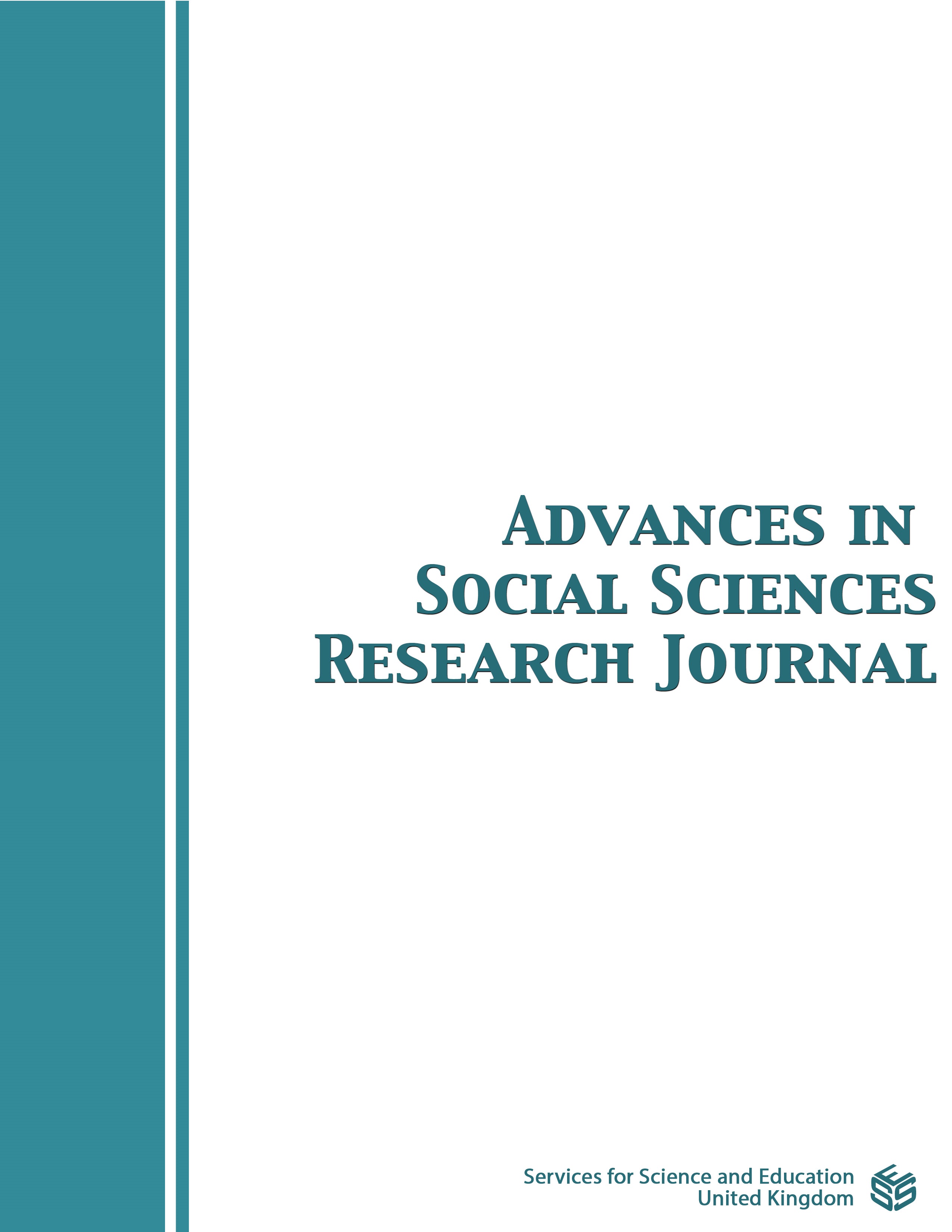Discussing the Negative Impacts of Virtual Pilgrimage on Socio-Cultural & Religious Activities of Selected Asian Destinations during the Covid-19 Crisis, and the Need for Physical Presence
DOI:
https://doi.org/10.14738/assrj.911.13263Keywords:
Covid-19 crisis, physical presence, socio-cultural changes, sustainable development, virtual pilgrimage.Abstract
Pilgrimage tourism involves the physical traveling of pilgrims to a specific place of rituals. Pilgrimage as a distant journey has immense contributions to the sustainable development of tourism destinations until recently. The emergence of the Covid-19 crisis introduced some socio-cultural and religious changes through virtual pilgrimage (VP). VP is a type of pilgrimage that limits the physical presence of pilgrims to the place of rituals. Although VP reduces the spread of Covid-19 infections, it limits the sustainable development of socio-cultural benefits of biodiversity. For example, it reduces the aesthetic values of natural ecosystems and aboriginal relationships with the pilgrims. Previous studies on pilgrimage tourism have neglected the socio-cultural impacts of VP on tourism destinations during the Covid-19 crisis, preferring to focus instead on tourism development and types of pilgrimage. This emphasis could be critical if not well addressed. This study explored the negative impacts of VP on the socio-cultural dimensions of biodiversity and religious activities of selected pilgrimage destinations during the Covid-19 crisis using primary and secondary data. Findings from stage one suggested that VP introduces socio-cultural and economic changes such as a decrease in arrivals, pilgrim’s well-being, and job opportunities. Stage two analysis confirmed the findings. The study also discussed the limitations and future studies.
Downloads
Published
How to Cite
Issue
Section
License
Copyright (c) 2022 Anthony E. Onyeama, Ergin Ersoy, Precious C. Ndukauba

This work is licensed under a Creative Commons Attribution 4.0 International License.
Authors wishing to include figures, tables, or text passages that have already been published elsewhere are required to obtain permission from the copyright owner(s) for both the print and online format and to include evidence that such permission has been granted when submitting their papers. Any material received without such evidence will be assumed to originate from the authors.






